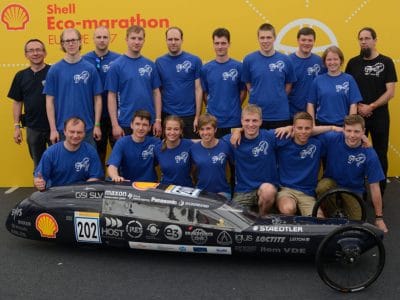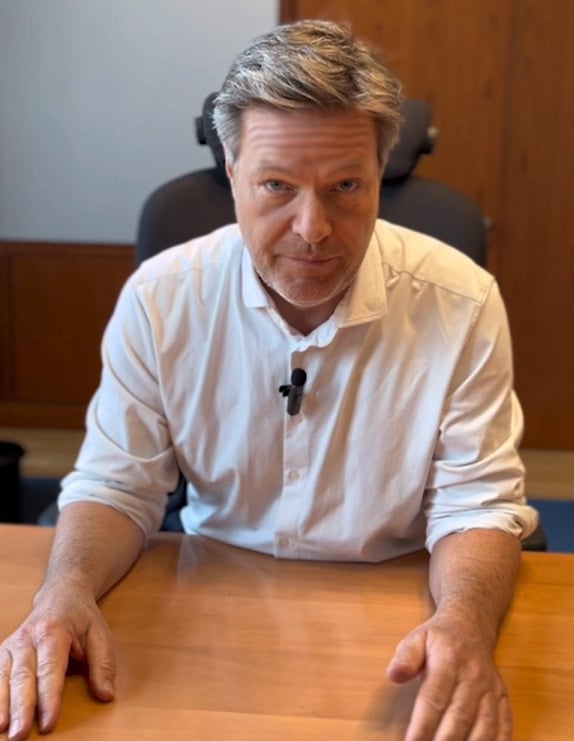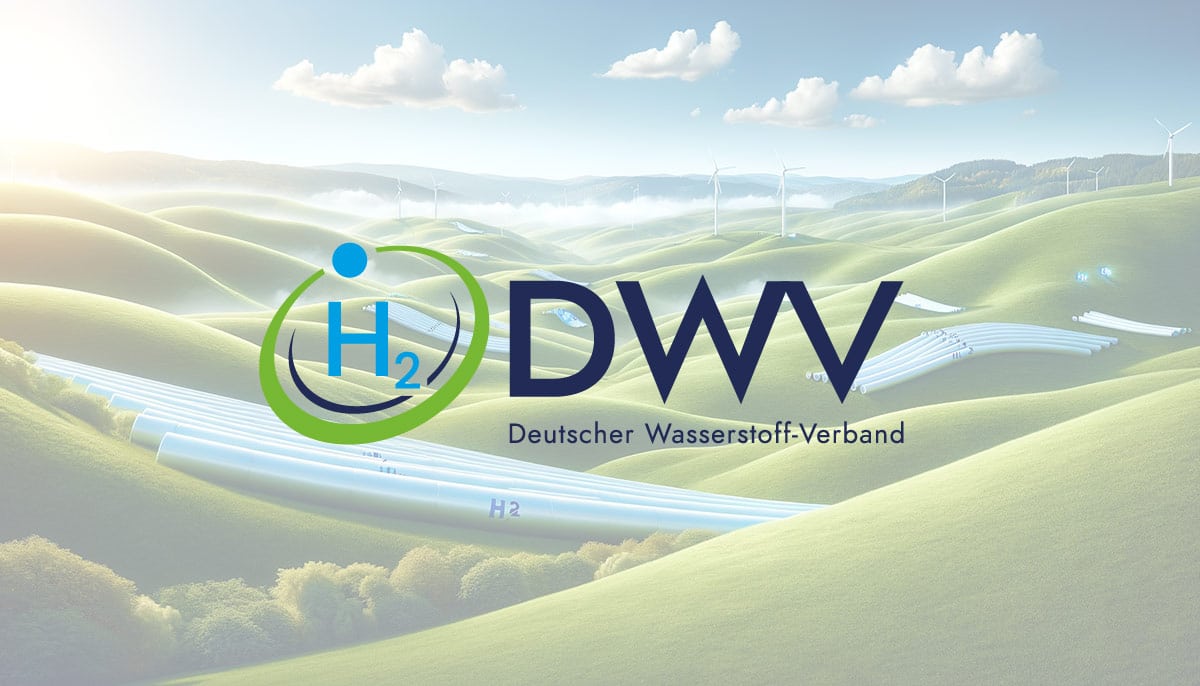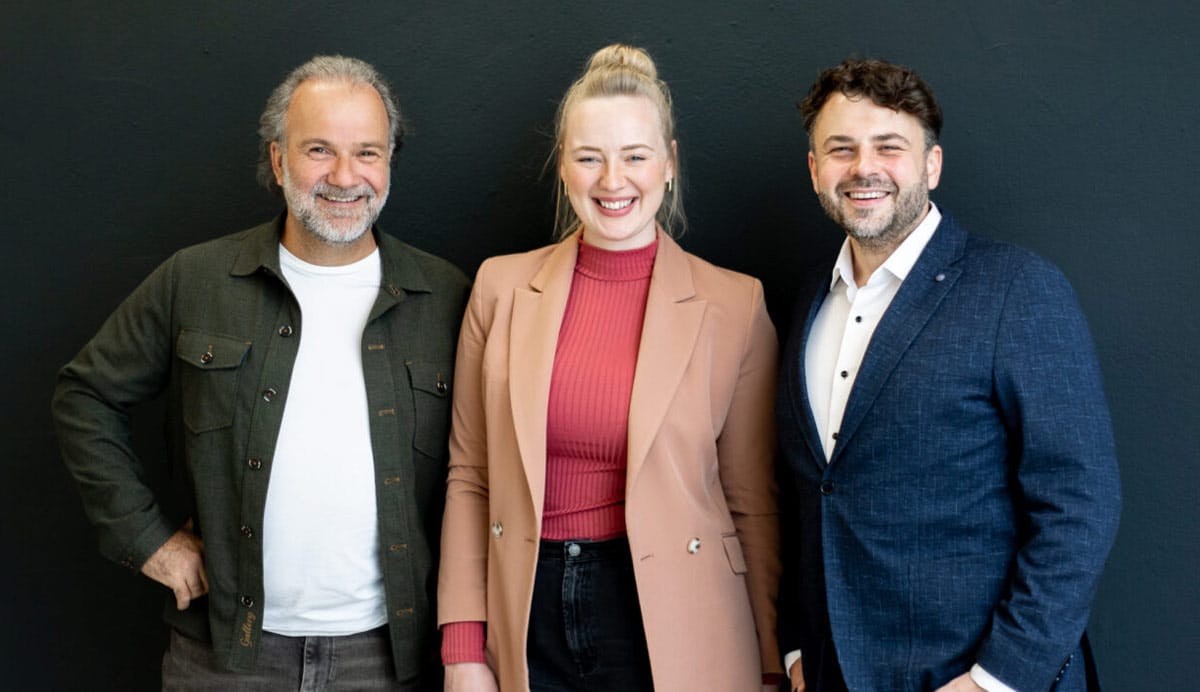Racing around the track in small-size H2 cars might look like fun, but it has a serious purpose. An event like this is designed to impart crucial engineering know-how, prompt design ideas, solve technical issues, encourage improvisation and, most of all, promote deep immersion in a new technology. This and much more is being offered at competing events such as the Shell Eco-marathon and the Formula Student. And, besides, working on a real-life racing car is certainly much more interesting than listening to someone speak in an overcrowded seminar room.
There are several racing events for alternative engine fuels and prospective engineers from different age groups, from high school to university students. The most well-known of those would be the Shell Eco-marathon. There, it’s all about energy efficiency, as the driver with the most economical vehicle will win. It was first hosted in France in 1985, held on the Lausitzring track in Germany between 2010 and 2012 before being moved to Rotterdam, Netherlands, for three years. 2017 was the second year in which it took place in London, UK.
The event ran in parallel to the Make the Future Live festival from May 25 to 28 and there were 15 teams from Germany among the 171 from 24 countries. A regular is the group from the Stralsund University of Applied Sciences – which came in second place in 2016 and was this year’s winner among fuel cell prototypes after the last points were awarded. With one cubic meter of hydrogen, the ThaiGer VI could have gone for around 880 kilometers or 547 miles, further than the then leading vehicle from Turin. The students said that their success in the Queen Elizabeth Olympic Park had partly been possible thanks to a redesign of the car’s SuSy fuel cell by balticFuelCells.
…
Race on Hockenheimring
A comparable competition is the Formula Student, although the emphasis is not on energy efficiency but on who has the best package of design, performance, funding and unique selling point. The race organized by the Association of German Engineers took place from August 8 through 14 on Hockenheimring. Overall, 115 student teams from 24 countries competed in it with their self-designed cars.
Despite intensive, long-term planning, team Starcraft from TU Ilmenau could not participate, as one of its vehicle’s lithium-ion batteries caught fire during preparations and the entire car, on which work had just been finished in late May, went up in flames inside the workshop in Langewiesen. The result was one totaled car, a second one damaged and EUR 250,000 pulverized. Still, the students said that they would be back on track next year.
Good career options
Marcus Mrozek from IAV, an engineering services company and a partner and sponsor of Formula Student, explained: “We as a company know what the market expects over the coming years and can incorporate those expectations into the students’ developments. In turn, they will have good opportunities for getting a job with us or another automotive business.”
Competing on water
This year also saw 18 teams from grades 8 through 12 competing in zero-emission ideas in northern Germany. As you may expect from Hamburg and Schleswig-Holstein, their proximity to the ocean made this a contest between maritime vessels, or models of fuel cell ships to be precise. Powered by nothing more than hydrogen, the small student-designed boats had to go 10 meters or 33 feet on water in as short a time as possible. This year was the tenth in which the HanseWerk grid operator organized this fun-filled boat race. It took place in mid-July and awarded prizes valued at a total of EUR 3,600.



























0 Comments